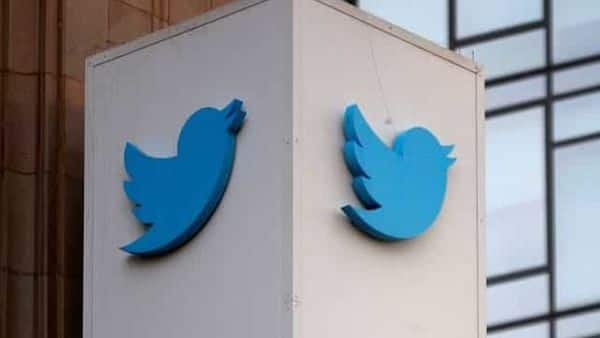[ad_1]
The battle lines between microblogging platform Twitter and the government of India have been years in the making, and 2020 was a tipping point of sorts. On the one hand, the number of requests from the Indian government to Twitter to share user information or remove content grew at an unprecedented rate in the second half of 2020. On the other hand, the share of instances in which Twitter took some action on such requests plunged to an all-time low, shows data released by the microblogging platform last week.
Twitter released this data as part of its transparency report for the second half of 2020 (July to December). Like Twitter, Facebook and Google also put out bi-annual transparency reports. However, unlike Twitter, their reports for the second half of 2020, released earlier this year, don’t show spikes in requests from the Indian government of the kind that Twitter has seen, though their user base is higher.
In 2020, India led all governments in information requests to Twitter. In 2019, it was ranked third. Between the second half of 2019 and of 2020, Twitter saw a spike of about 4-fold in information requests from the Indian government—nearly three times the world increase. Meanwhile, Facebook and Google reported incremental India numbers that were more in line with global trends.
The Indian government has been feuding with Twitter on the principles and boundaries of arbitrating content, and on having a formal mechanism to deal with requests. In the second half of 2020, there were 15 countries that made 50 or more information requests to Twitter. The share of requests from the Indian government on which Twitter took some action was 1%—the lowest among this set.
Outlier Twitter
Twitter’s ‘compliance rate’ (the term platforms use for action taken on a request) has been consistently falling in India. Between 2013 and 2020, amid a rising count of information requests from the Indian government, the percentage of requests for which Twitter shared some information fell from 32% to 1%. By comparison, Facebook, which receives about 10 times more information requests than Twitter in India, has maintained a compliance rate of 45-55% in the country. Google’s compliance rate has been similar to Facebook, 45-65%.
Globally, Twitter’s compliance rate has reduced from 55% in the first half of 2013 to 30% in the second half of 2020. For both Facebook and Twitter, their highest compliance rate in information requests was in the US, their home country: 89% and 60%, respectively.
Mounting Requests
The decline in compliance rates of Twitter has been accompanied by a surge in requests from the Indian government. Between 2013 and 2019, the rise was steady. But in 2020, a year that saw the covid-19 pandemic cause great devastation, the number of requests from the Indian government to Twitter shot up. This was the case in both categories: to share information and to remove content.
In recent months, one flashpoint between Twitter and the Indian government has been the appointment of a compliance officer, as part of the new IT rules. Last month, after missing multiple deadlines and receiving a notice from the Indian government, Twitter appointed an interim chief compliance officer. It is currently on the lookout for a permanent hire. Facebook named a grievance officer very close to the government deadline of 2 June.
Pulls and Pressures
In terms of global rank, India has gone from being ranked third in 2019 to first in 2020 in information requests to Twitter, and from fifth to third in content removal requests. Between the second half of 2019 and 2020, India’s share in information requests to Twitter from governments worldwide increased from 9% to 25%. Similarly, in content removal requests, it increased from 3% to 18%.
Meanwhile, the company’s troubles with Indian authorities have mounted. Last month, Twitter India and its personnel were named in two cases in Uttar Pradesh, one related to an incorrect map of India and another over tweets by users related to the assault of a Muslim man. At the same time, there’s a new IT minister at the helm, raising expectations of a reset in the relationship between the social media firm and the government. How Twitter deals with government requests could well shape this relationship in the months ahead.
(howindialives.com is a database and search engine for public data)
Never miss a story! Stay connected and informed with Mint.
Download
our App Now!!
[ad_2]





